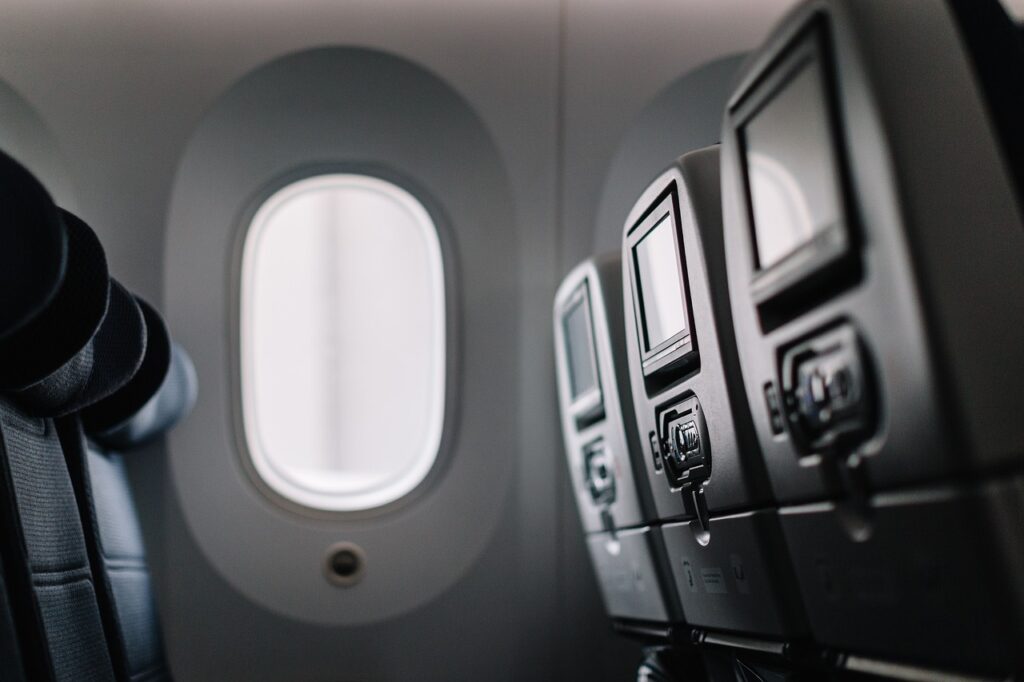It would be an understatement to say that aeroplanes are complex when the average passenger plane consists of millions of individual parts. Yes, millions and every single one of those components is necessary, down to the tiniest bolt. One of the largest and key components of any type of aircraft is the airframe; the basic structure that gives an aeroplane its recognisable shape and ability to fly.
Read on to discover more about airframes, airframe design, and some of the work we carry out at Airframe Designs.
What Is An Airframe?
An airframe consists of the fundamental structural components that form the framework of an aircraft. An airframe isn’t a singular entity but rather a collection of monolithic components that come together to make up the foundation of an aircraft. All fixed-wing airplanes have an airframe but so do spacecraft, and sometimes even missiles. Imagine an airframe as a bird without its feathers or more accurately, its skin!
An airframe is composed of the:
Fuselage: the main body of an aircraft is called the fuselage; the part where passengers, cargo and crew are housed. Think of this as the bird’s body.
Wings: like a bird, the wings of an aircraft enable it to stay in the air. The key structures within a typical aircraft wing are called spars, ribs, and stringers.
Empennage: the empennage or tail assembly, includes horizontal and vertical stabilisers, which provide an aircraft with stability during flight. Again, this is much like how a bird would use its tail in flight.
Landing gear: sometimes called the undercarriage, the landing gear consists of the wheels or skids that allow safe take-off and landing. This is like a bird’s legs (much sturdier though!)
If you’re wondering why we’re so keen on the bird analogy and why people often refer to aeroplanes as birds, it’s a fair comparison. Ever since man aspired to fly, birds have inspired us. Today, the biggest aerospace companies are still inspired by nature. In a field called biomimicry, scientists investigate how certain animals work and how the principles can be applied to mechanics. Just take a look at some of the amazing projects Airbus are working on, inspired by birds of prey, and even dragonflies!
Back to airframes though, as we’ve digressed a little…
Now you know what an airframe is, it’s also important to understand what it isn’t. The airframe doesn’t include the propulsion system or any of the instruments or controls required to operate the aircraft.
What Is Airframe Design?
Aerospace engineering is composed of several different specialist fields, each with its own focus. There are the people who work on propulsion, those who work on aerospace instruments, and then there are airframe engineers; the people who work on the structure of various types of aircraft.
Airframe design focuses on creating the underlying mechanical structures of various types of aircraft, from passenger planes to military jets. The field combines several areas with key considerations being the creation of robust, light, and cost-effective aircraft.
The field is multi-disciplinary; in airframe design, you will find collaboration between engineers, mathematicians, computer and material scientists, and even physicists. All working together to create innovative aviation designs.
The future of airframe design is being shaped by groundbreaking technologies and trends that promise to redefine aerospace engineering. Innovations such as the integration of AI for optimised structural design, the use of advanced composite materials for enhanced durability and weight reduction, and the exploration of electric propulsion systems are at the forefront of this transformation.
Additionally, the advent of additive manufacturing, or 3D printing, has revolutionised the way we prototype and produce airframe components, allowing for complex geometries that were previously impossible to achieve, while significantly reducing waste and production time.
These advancements not only improve aircraft performance and efficiency but also open new possibilities for sustainable aviation, marking a new era in aerospace engineering.
In the quest for more sustainable aviation, airframe design plays a pivotal role in reducing the environmental impact of flying. Engineers are increasingly focusing on materials and designs that not only enhance the aerodynamics and efficiency of aircraft but also minimise fuel consumption and emissions.
By incorporating advanced materials like carbon fibre and exploring innovative design techniques, we’re able to create lighter, stronger airframes that require less energy to operate.
This shift not only addresses the soaring costs of fuel but also significantly reduces the carbon footprint of air travel, aligning with global efforts to combat climate change. Our commitment to sustainability extends beyond the drawing board, influencing every aspect of our design process to ensure that the future of aviation is as green as it is technologically advanced.
Beyond selecting materials, airframe design must also account for manufacturability. Designing components that are theoretically appealing but challenging or excessively costly to produce offers little practical value. At Airframe Designs we work around this issue with our additive manufacturing facility where we can prototype designs.
Airframe Designs – Excellence In Engineering
We hope you found this article of interest, particularly our love of birds…
We’ve already mentioned a little bit about our capabilities at Airframe Designs, but you may have guessed by the name of our company what we specialise in. Our core business is airframe design, and we relish nothing more than helping clients solve complex engineering problems. We provide expert design, analysis, and certification services to the aerospace industry.
To ensure we can provide clients with a full suite of services, we also have extensive additive manufacturing capabilities with a focus on the production of polymer parts, prototypes, trial-fit mock-ups, and lightweight tooling.
If you would like to speak to us about airframes or have any questions at all, please don’t hesitate to contact us.



